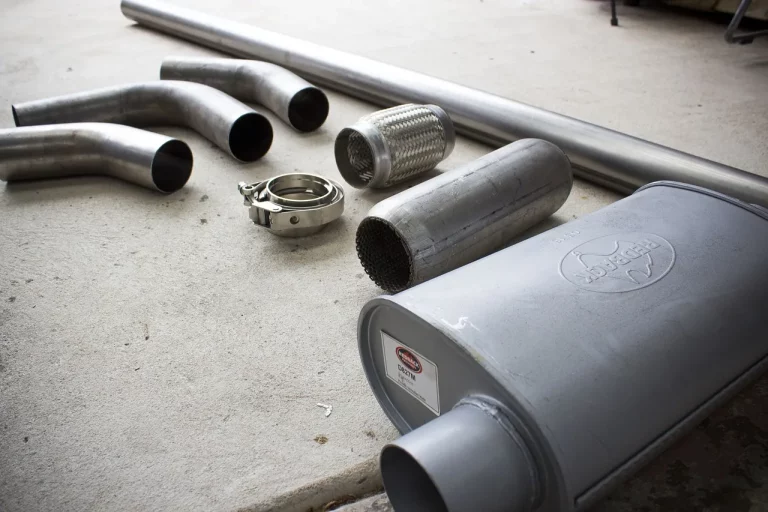Texas Tech Vs. University Of Houston: How The Schools Compare
Texas Tech and the University of Houston are both large public universities in the Lone Star State. If you’re weighing the two, here’s a quick take: Texas Tech has a more traditional college town feel in Lubbock and strong Greek life, while UH is part of the urban Houston landscape with more diversity. In this detailed guide, we’ll compare Texas Tech and UH across academics, campus life, athletics, admissions, and value. Whether you’re looking to attend or just learn more, see how these two Texas schools stack up.
Academics and Programs
Notable colleges and degree programs
Both Texas Tech University and the University of Houston offer a wide range of notable colleges and degree programs. Texas Tech University is known for its renowned J.T. & Margaret Talkington College of Visual & Performing Arts, Rawls College of Business, and Edward E. Whitacre Jr. College of Engineering.
On the other hand, the University of Houston is recognized for its top-ranked C.T. Bauer College of Business, Conrad N. Hilton College of Hotel and Restaurant Management, and Gerald D. Hines College of Architecture and Design.
These institutions provide students with exceptional opportunities to excel in their chosen fields of study.
Student to faculty ratio
When it comes to the student to faculty ratio, both Texas Tech University and the University of Houston prioritize small class sizes and individualized attention. Texas Tech University boasts a student to faculty ratio of 20:1, allowing students to engage more closely with their professors and receive personalized guidance.
Similarly, the University of Houston maintains a student to faculty ratio of 21:1, ensuring that students have access to their professors and can actively participate in their academic pursuits.
Research and innovation opportunities
Both Texas Tech University and the University of Houston provide extensive research and innovation opportunities for their students. Texas Tech University is a leading research institution, with over $170 million in annual research expenditures.
The university offers students the chance to work alongside renowned faculty members in cutting-edge research projects across various disciplines. Similarly, the University of Houston is recognized as a Tier One research university and is home to several research centers, including the Texas Center for Superconductivity and the Center for Advanced Computing and Data Systems.
These institutions provide students with the resources and support they need to contribute to groundbreaking research and innovation.
Campus Life
Housing options
Both Texas Tech and the University of Houston offer a variety of housing options for students. Texas Tech provides on-campus residence halls, apartments, and family housing options. The residence halls offer a vibrant community atmosphere, with amenities such as study lounges, laundry facilities, and social spaces.
The University of Houston also offers on-campus housing, including traditional residence halls, apartment-style living, and themed housing options. Students at both universities can choose the housing option that best suits their needs and preferences, providing a convenient and comfortable living environment.
Dining hall and food choices
When it comes to dining options, both Texas Tech and the University of Houston have a wide range of choices to cater to different tastes and dietary needs. Texas Tech boasts a variety of dining halls, cafes, and food courts, offering a diverse menu of cuisines from around the world.
The University of Houston also provides a plethora of dining options, including all-you-can-eat dining halls, food courts, and specialty restaurants. Students can enjoy anything from comfort foods to international cuisine, ensuring there is something for everyone.
Clubs, Greek life, and extracurriculars
Both Texas Tech and the University of Houston offer a vibrant and active campus life with numerous clubs, Greek organizations, and extracurricular activities. Texas Tech has over 500 student organizations, ranging from academic and professional societies to recreational and cultural clubs.
The University of Houston also has a wide range of student organizations, including academic, cultural, and special interest groups. Greek life is also prominent at both universities, offering students the opportunity to join fraternities and sororities and participate in philanthropic and social events.
With such a variety of options, students can easily find a club or organization that aligns with their interests and passions.
Location and Transportation
College town versus urban setting
When comparing Texas Tech and the University of Houston, one of the first things to consider is their location. Texas Tech is located in Lubbock, a bustling college town in the heart of West Texas. With a population of around 250,000, Lubbock offers a close-knit community feel and a vibrant student life.
On the other hand, the University of Houston is situated in the heart of Houston, one of the largest and most diverse cities in the United States. Houston offers students a unique urban experience with countless opportunities for internships, networking, and cultural experiences.
Airport access
When it comes to airport access, both Texas Tech and the University of Houston are well-served. Lubbock Preston Smith International Airport is conveniently located just a short drive away from Texas Tech’s campus, making it easy for students to travel to and from the university.
Similarly, the University of Houston is within close proximity to George Bush Intercontinental Airport, one of the busiest airports in the country. This allows students at the University of Houston to easily access domestic and international destinations.
Public transit options on campus
When it comes to public transit options on campus, the University of Houston has a clear advantage. The university is served by the METRORail, Houston’s light rail system, which provides convenient transportation to downtown Houston and other popular destinations.
Additionally, the university offers a free shuttle service that transports students to various locations on and around campus. Texas Tech, on the other hand, does not have a light rail system or a free shuttle service, but the campus is easily navigable by foot or bike.
Athletics and School Spirit
Notable D1 sports teams
Both Texas Tech and the University of Houston have a strong athletic program with notable Division 1 sports teams. Texas Tech is well-known for its successful football team, which competes in the Big 12 Conference.
The Red Raiders have had a number of memorable seasons and have produced several NFL players. On the other hand, the University of Houston is recognized for its dominant basketball program. The Cougars have consistently been a force to be reckoned with in college basketball, making multiple appearances in the NCAA Tournament.
School mascots and colors
When it comes to school mascots, Texas Tech is represented by the Masked Rider, a horse-mounted rider who leads the football team onto the field before each home game. The university’s colors are scarlet and black, which are proudly displayed by students and fans at sporting events.
The University of Houston, on the other hand, boasts a unique mascot known as Shasta the Cougar. Shasta is a live cougar who serves as the official mascot for the university. The school’s colors are scarlet red and albino white, which create a striking and memorable combination.
Tailgating and sports culture
Both Texas Tech and the University of Houston have a vibrant sports culture, with tailgating being a popular pre-game tradition. At Texas Tech, tailgating takes place in Raider Alley, a designated area where fans gather to enjoy food, drinks, and live music before the game.
It’s a lively and energetic atmosphere that adds to the excitement of game day. Similarly, at the University of Houston, tailgating is a beloved tradition. Fans gather in parking lots near the stadium to grill, socialize, and show their school spirit.
The sense of camaraderie and community is palpable, making game day a memorable experience for all.
Overall, both Texas Tech and the University of Houston have a strong athletic presence and school spirit. Whether it’s through their notable D1 sports teams, unique mascots and colors, or the vibrant tailgating and sports culture, both universities offer an exciting and engaging experience for sports enthusiasts.
Admissions and Value
When comparing Texas Tech University and the University of Houston, one important aspect to consider is the admissions process and the value each school offers to its students.
Acceptance rate
The acceptance rate at Texas Tech University is around 69%, making it a moderately selective institution. On the other hand, the University of Houston has a slightly higher acceptance rate of approximately 61%.
While both schools have competitive admissions, it is important for prospective students to note the slight difference in acceptance rates.
In-state and out-of-state tuition
For students considering attending either Texas Tech or the University of Houston, understanding the difference in tuition rates is crucial. Texas Tech University offers affordable in-state tuition, with an average cost of $9,080 per year for Texas residents.
Out-of-state students at Texas Tech can expect to pay around $19,040 annually. The University of Houston, on the other hand, has in-state tuition of approximately $11,661 per year and out-of-state tuition of around $23,278 per year.
It is evident that Texas Tech University generally offers lower tuition rates for both in-state and out-of-state students.
Scholarships and financial aid
Both Texas Tech University and the University of Houston offer various scholarships and financial aid options to help make education more affordable for their students. Texas Tech provides a range of merit-based scholarships, need-based grants, and work-study programs to assist students in covering their educational expenses.
The University of Houston also offers scholarships based on academic achievements, as well as need-based grants and work-study opportunities. It is recommended that prospective students explore the scholarship and financial aid opportunities at both schools to determine which institution offers the best value for their individual circumstances.
For more information on admissions and financial aid at Texas Tech University, visit their official website: https://www.ttu.edu/admissions.
Similarly, for more information on admissions and financial aid at the University of Houston, visit their official website: https://www.uh.edu/admissions/.
Conclusion
With strong engineering and agriculture programs, Texas Tech takes the lead academically while UH shines in diversity and accessibility. Campus life leans traditional at TTU and more commuter-based at UH. For school spirit and sports, both boast loyal fans. The right fit depends on priorities around academics, location, student life, and costs.








